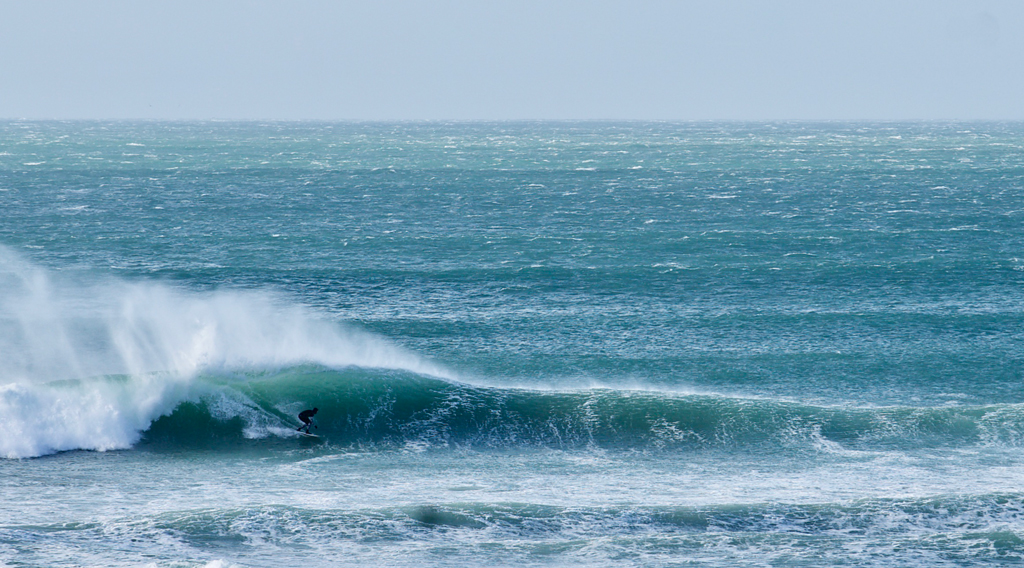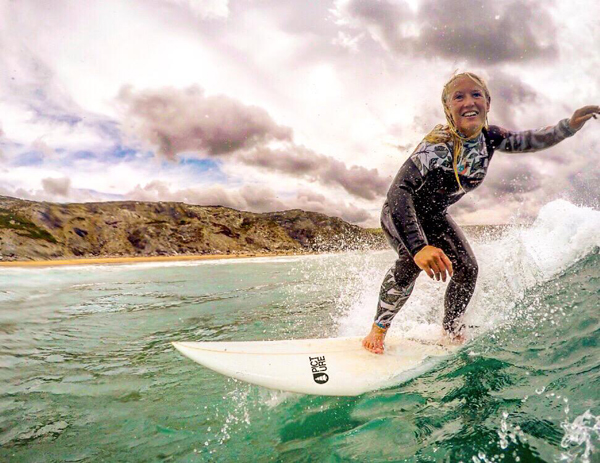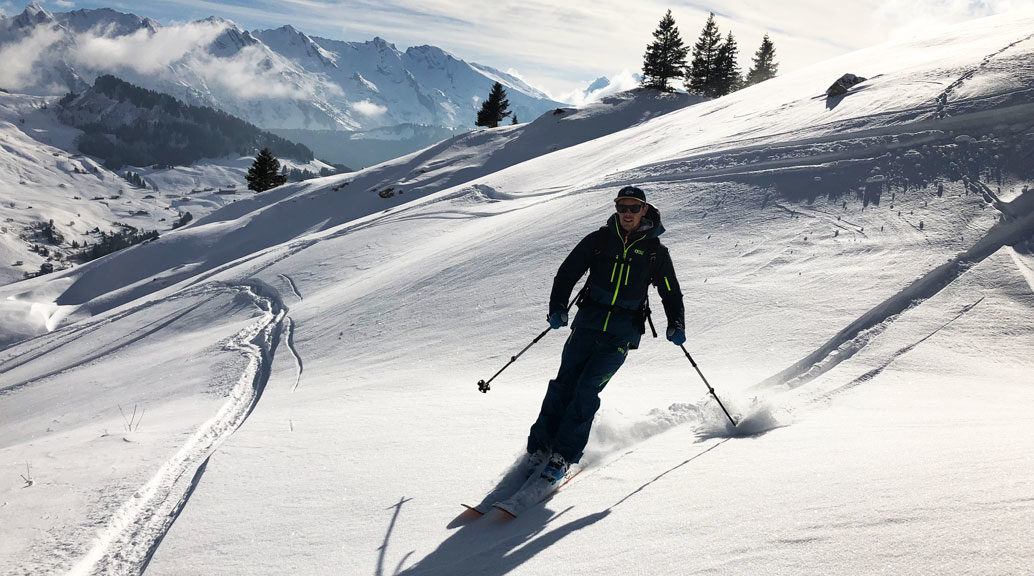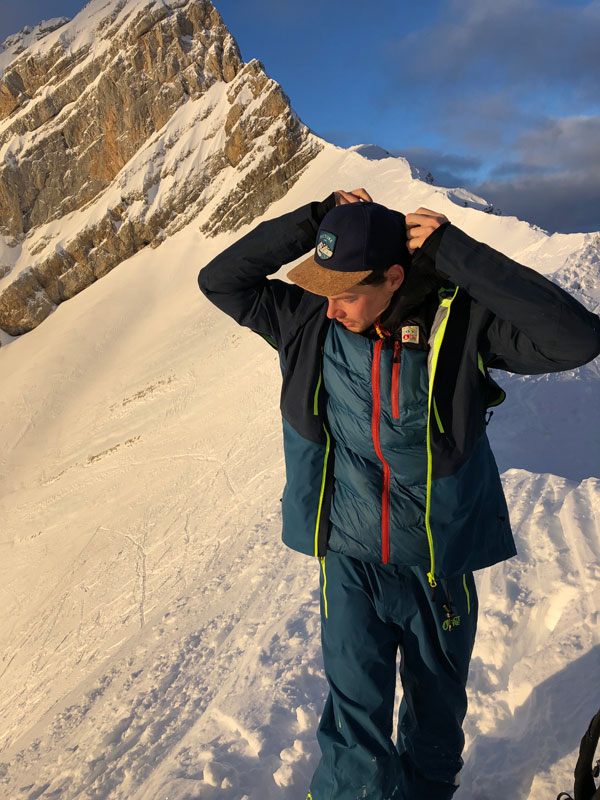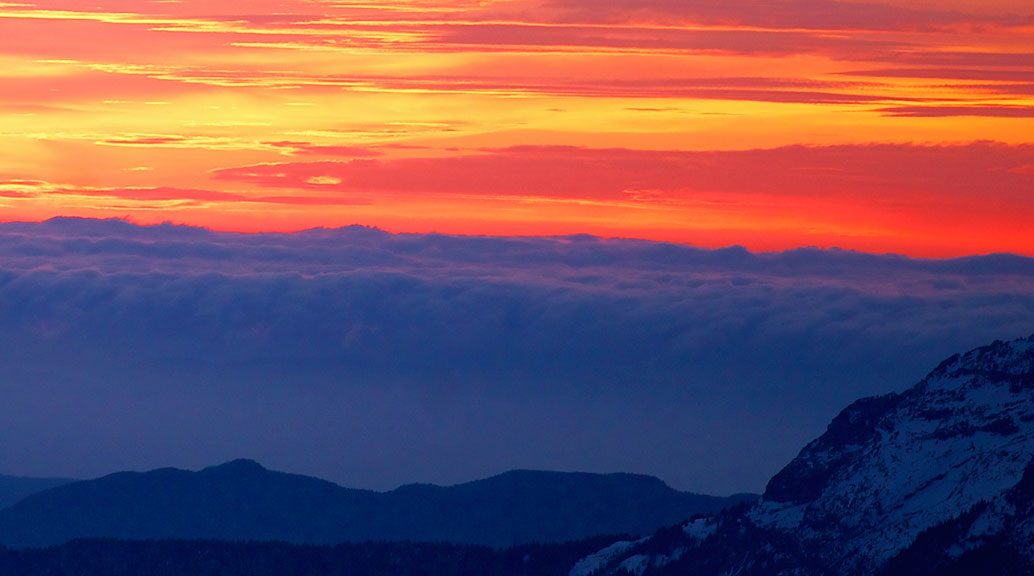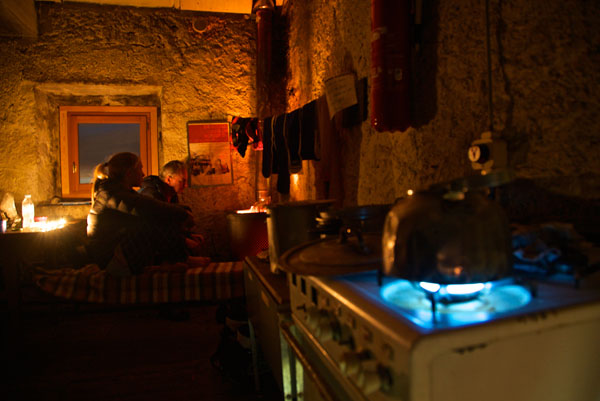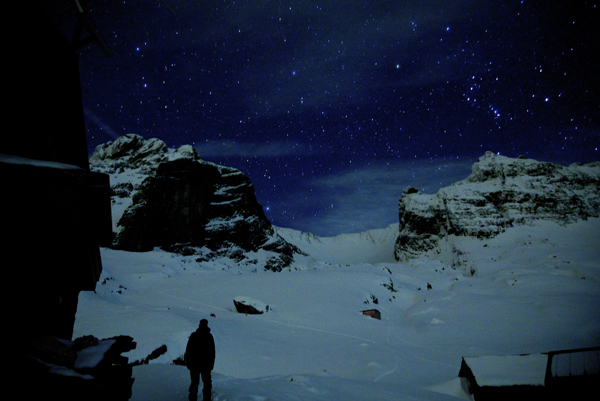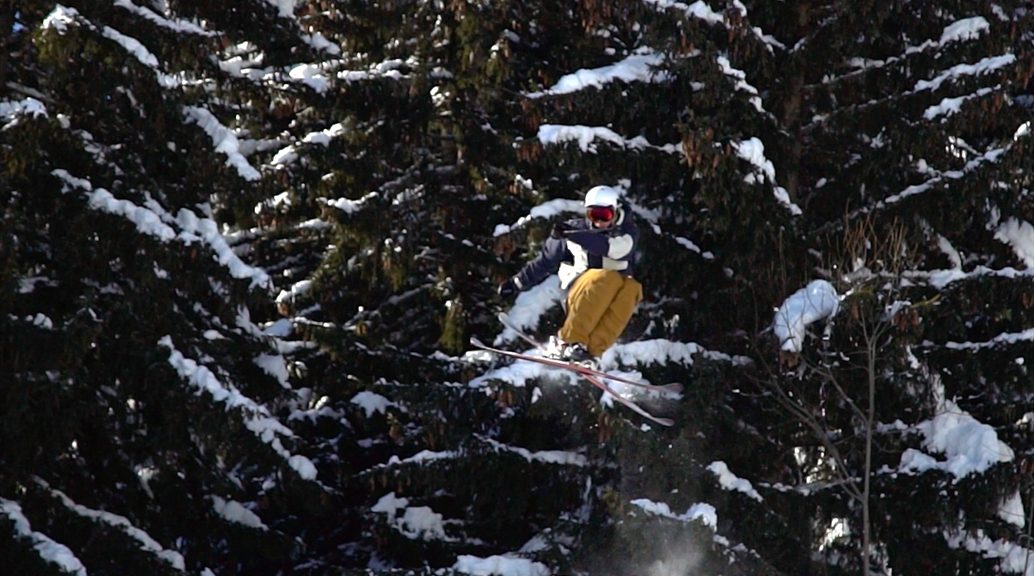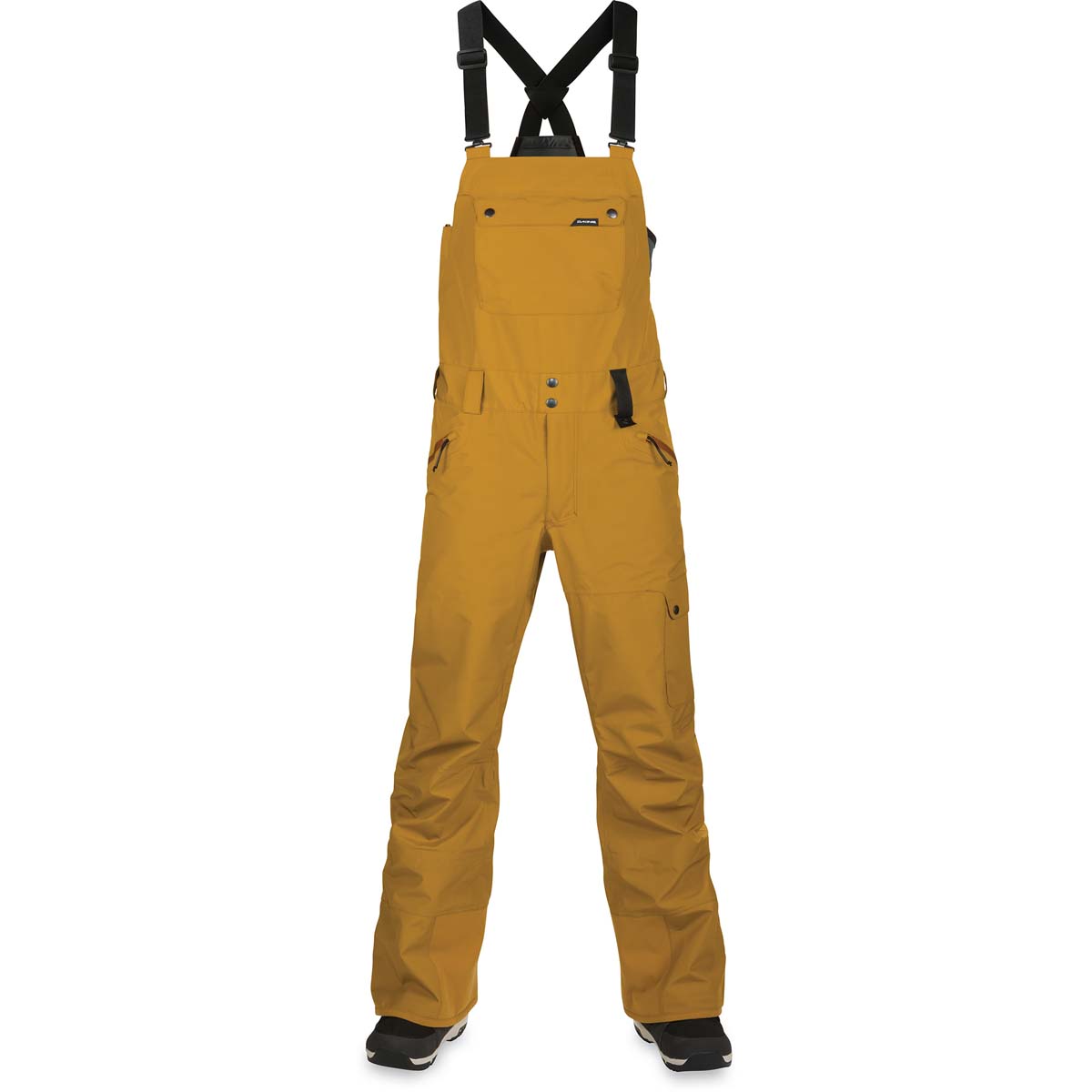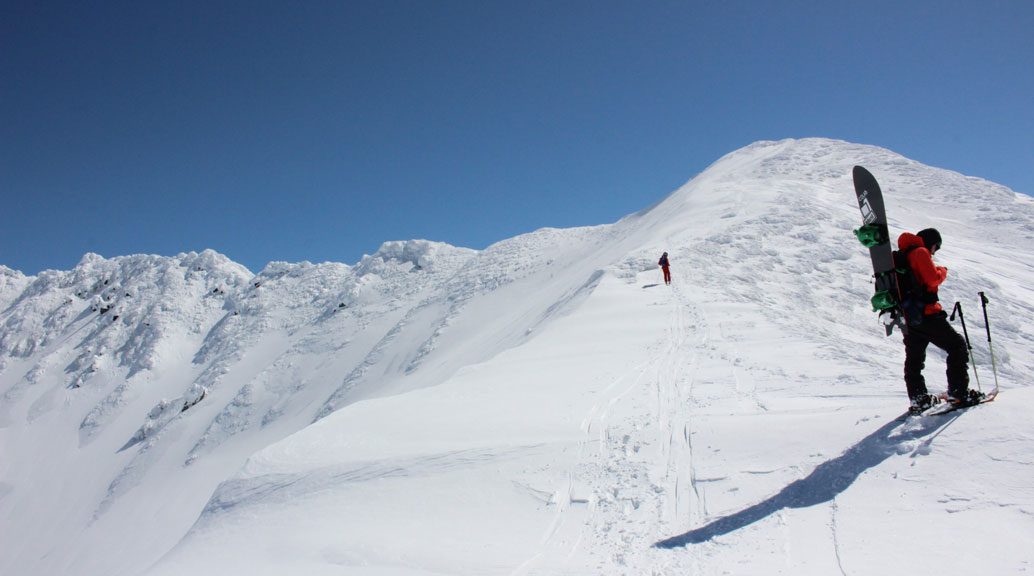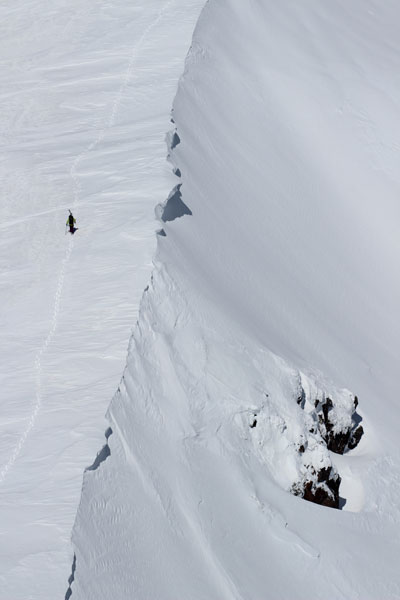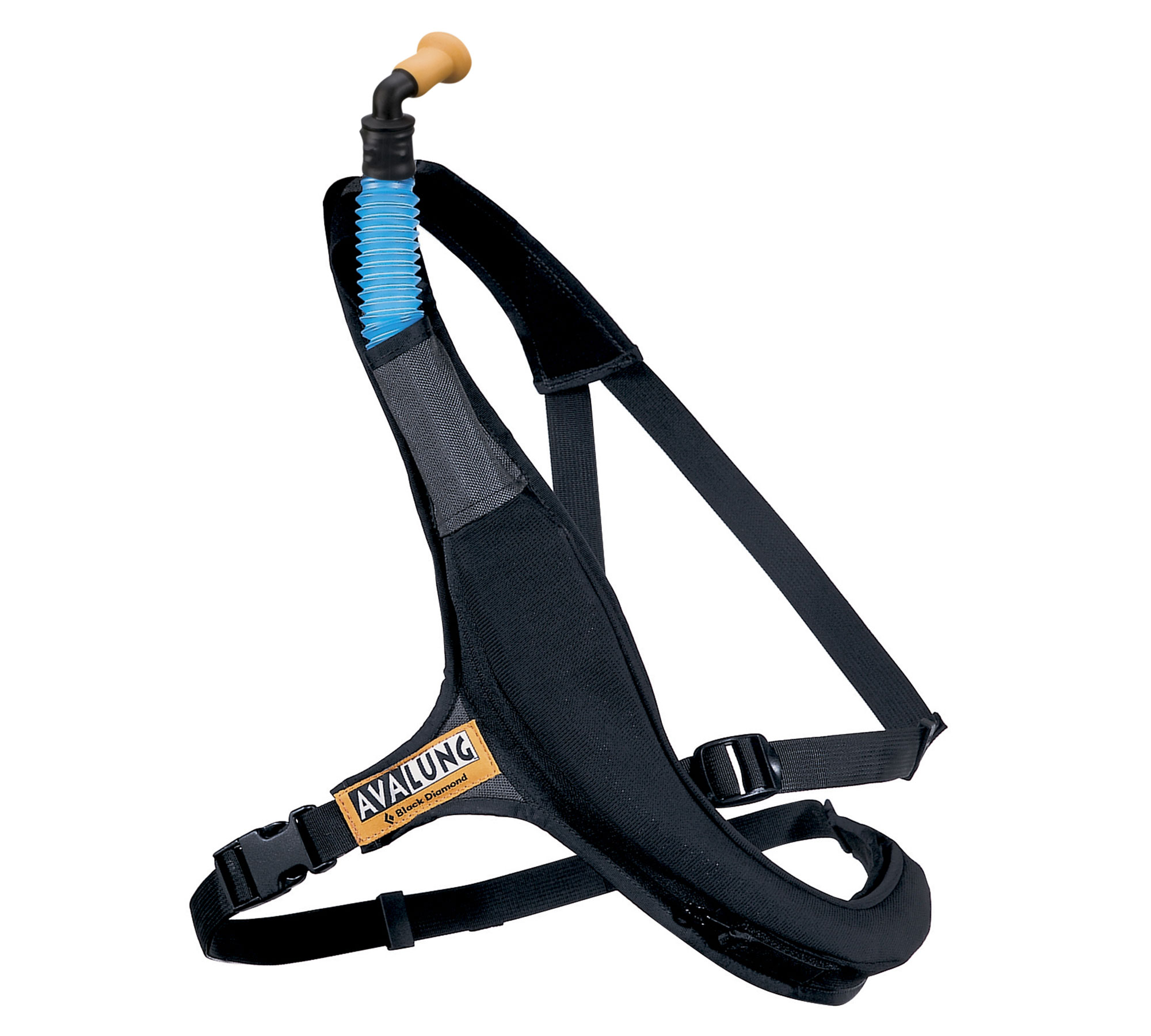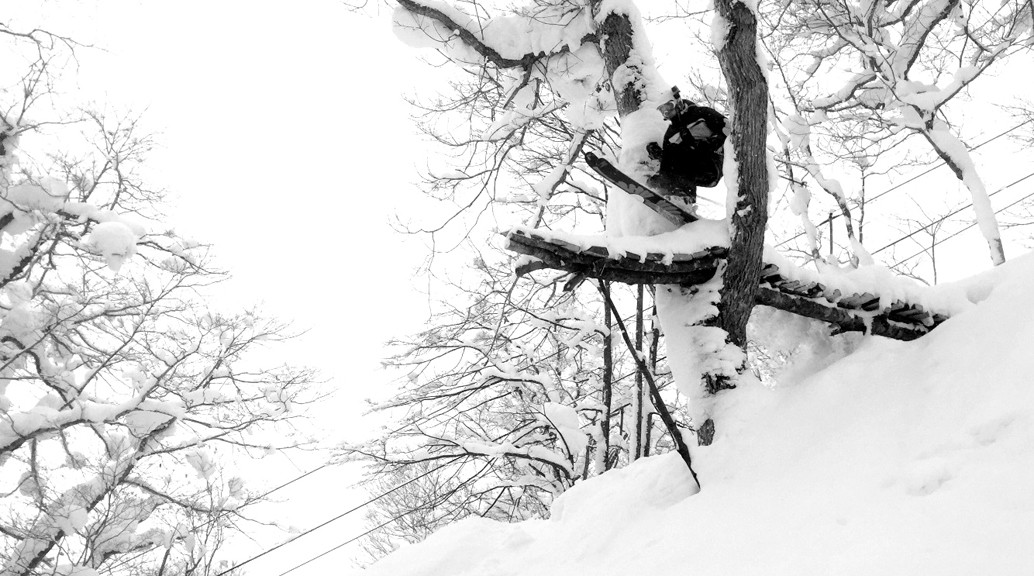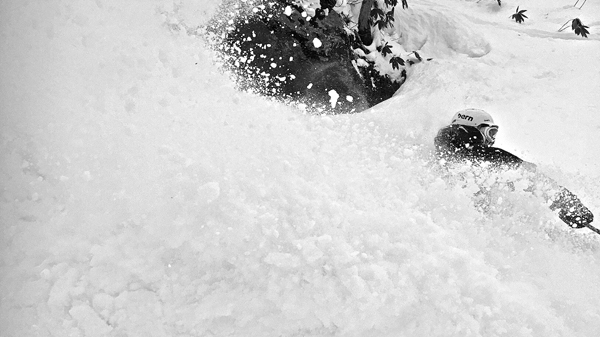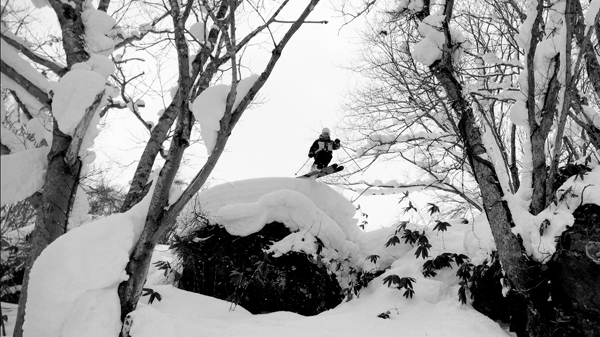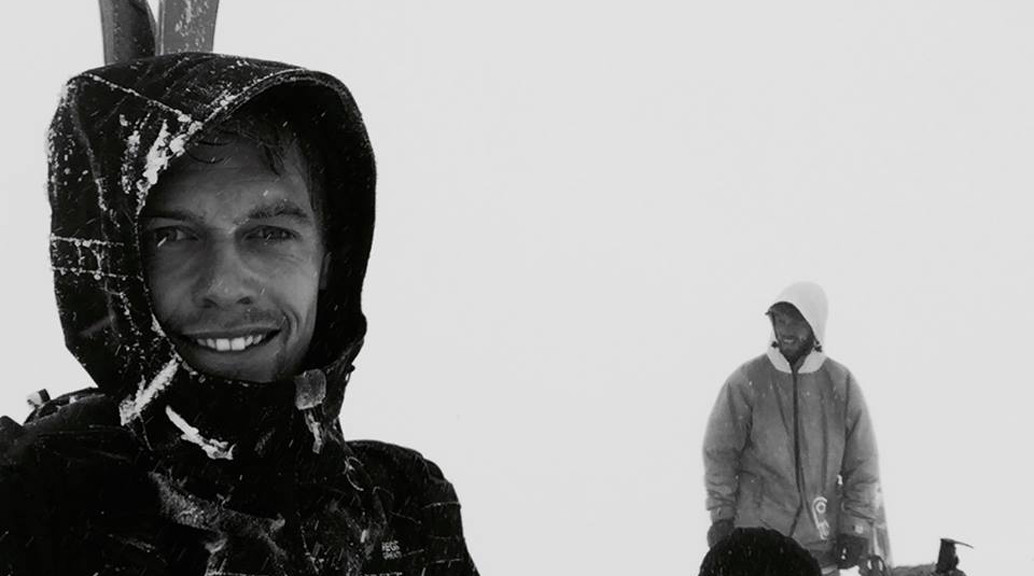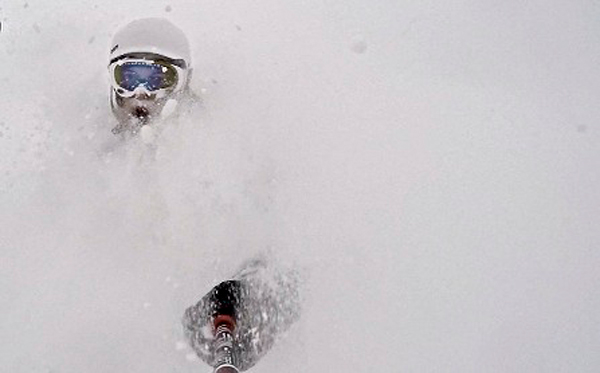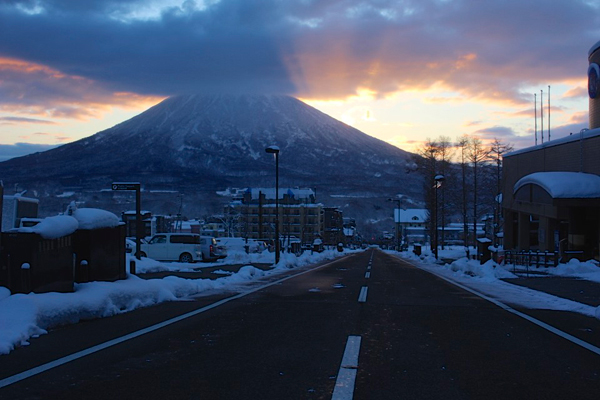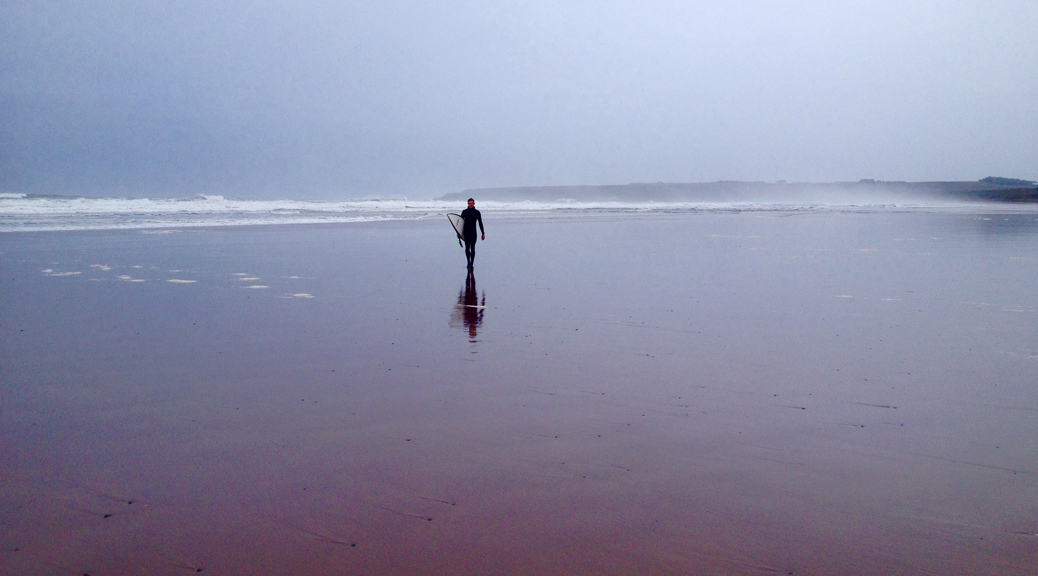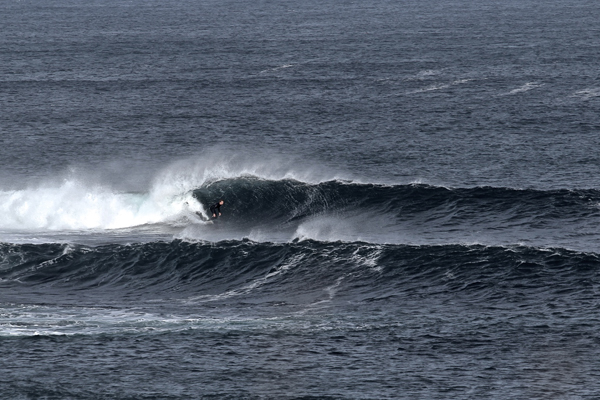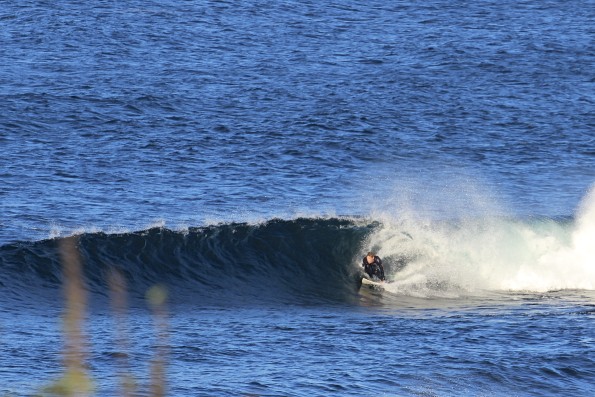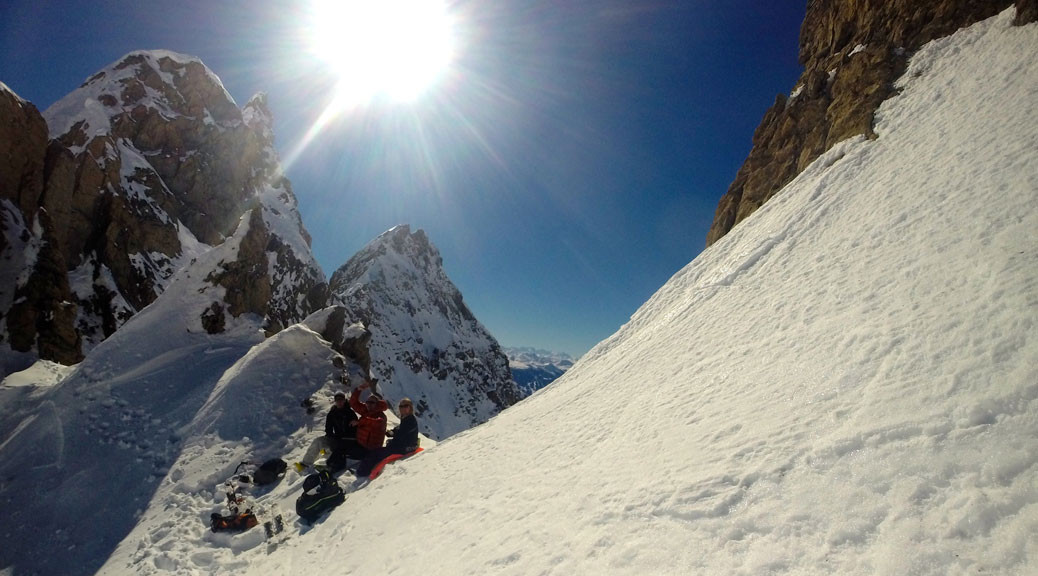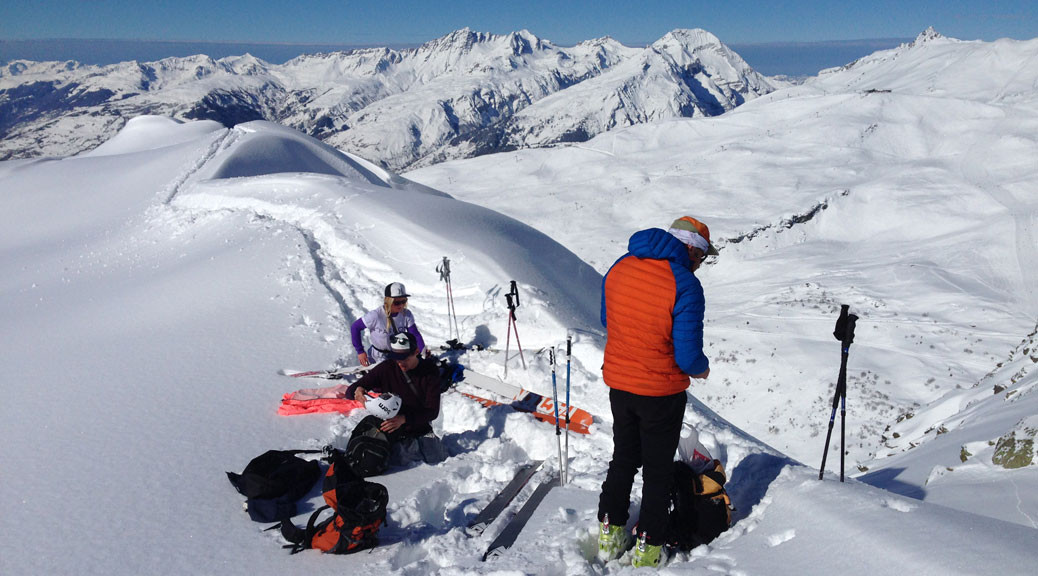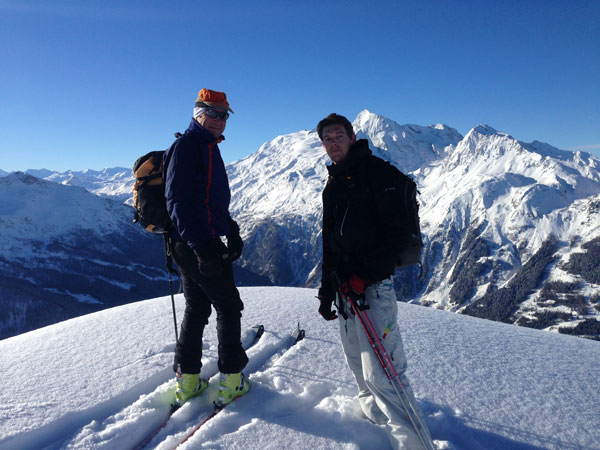Picture Organic is a French based company who have an established history in sustainably produced technical mountain apparel. At 11 years old they have spent the last decade revolutionising how the ski industry manufactures their clothes. Renowned for unique styling combined with the latest technology their popularity has grown year on year. In the last couple of years, it has been exciting to see them apply their knowledge to the wetsuit market, with eye catching designs that offer incredible performance with a sustainable approach.
What’s new?
Picture Organic have developed a neoprene called Eicoprene that will feature in all their wetsuits this year. Eicoprene is made from 30% recycled tyres and 70% limestone. All the linings are made from recycled polyester and connected using Aqua-A glue, a water-based glue which is solvent free. These technologies ensure that you are purchasing a wetsuit with minimal environmental impact.
Eicoprene has been rigorously tested by the Picture Organic team, from cold winter days off the UK coast to summers in the SW of France. Durability has been a priority in the design process with the belief being that the longer your suit lasts the better it is for the environment.
How do they perform?
Eicoprene is an extremely flexible material that performs incredibly for a whole host of activities. Whether you are surfing, Sup’ing or wild swimming they will allow you move with ease through a full range of motion. The wetsuits have taken design ideas from triathlete suits offering features that haven’t been used in surfing before. The suits have “Motion Pattern” which removes seams from under the arm, the chest and around the shoulders increasing mobility so you can perform at your best. They have also used a silicone coating called Power Grip which increases resistance in the water meaning increased efficiency for paddling.
We have a large range of their latest offering from 1.5mm wetsuit tops through to 4/3mm winter suits for both men and women. If you are looking for a high-performance sustainable wetsuit Picture Organic will have you covered.

